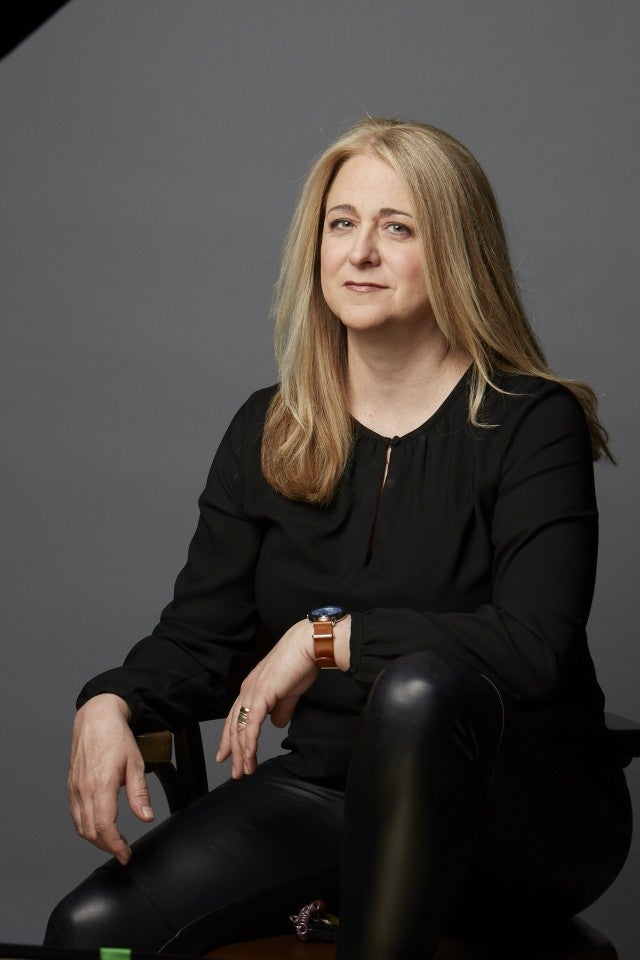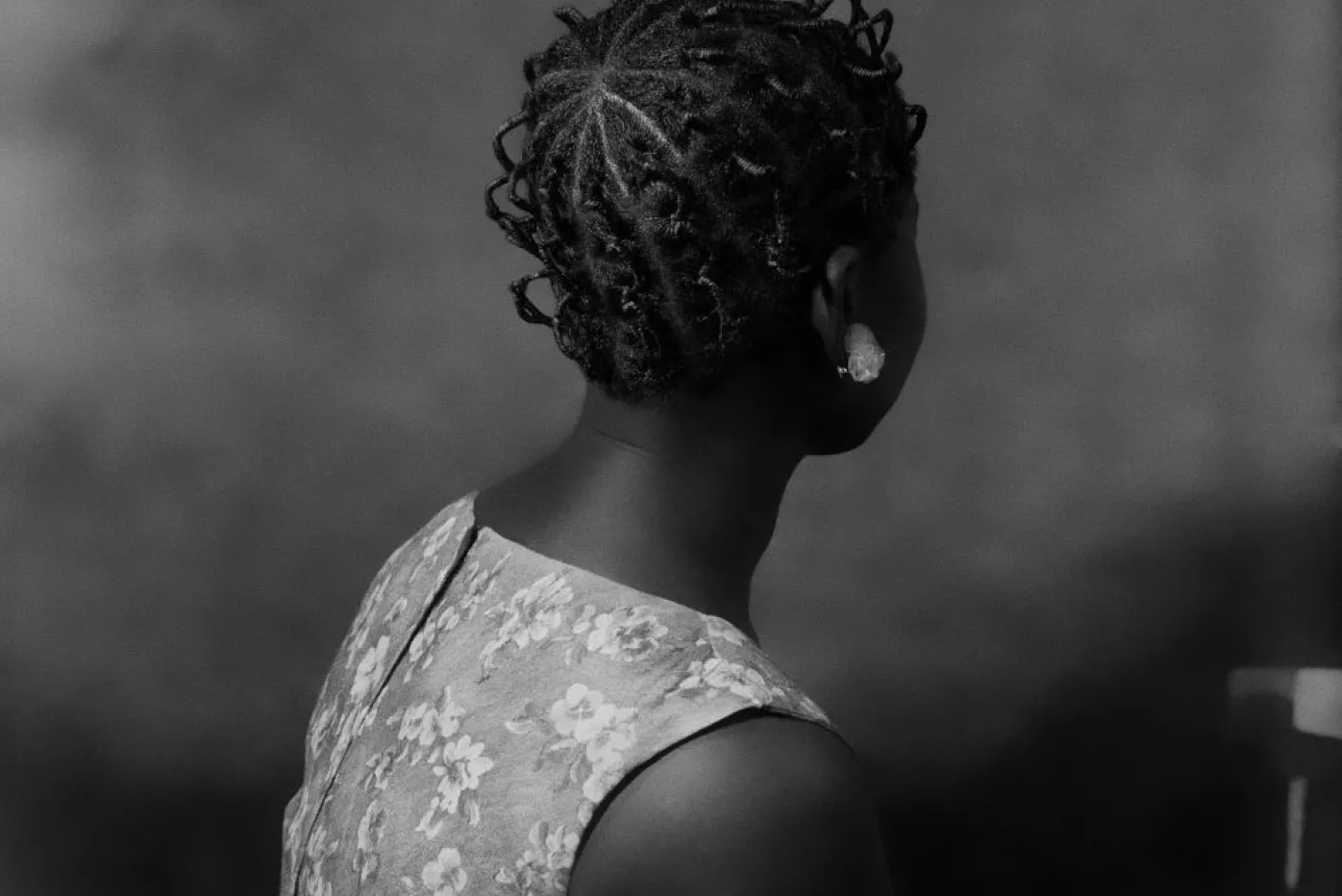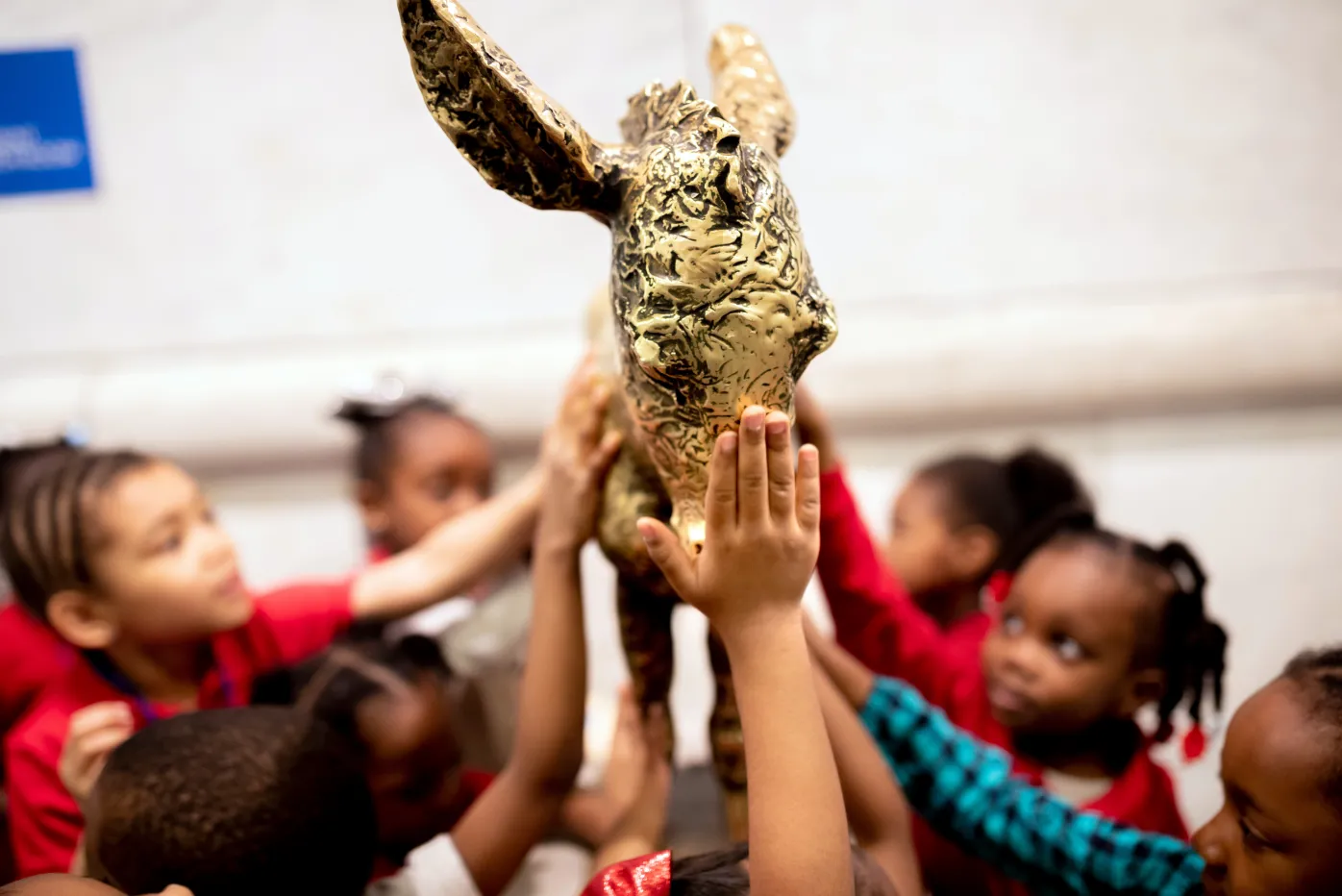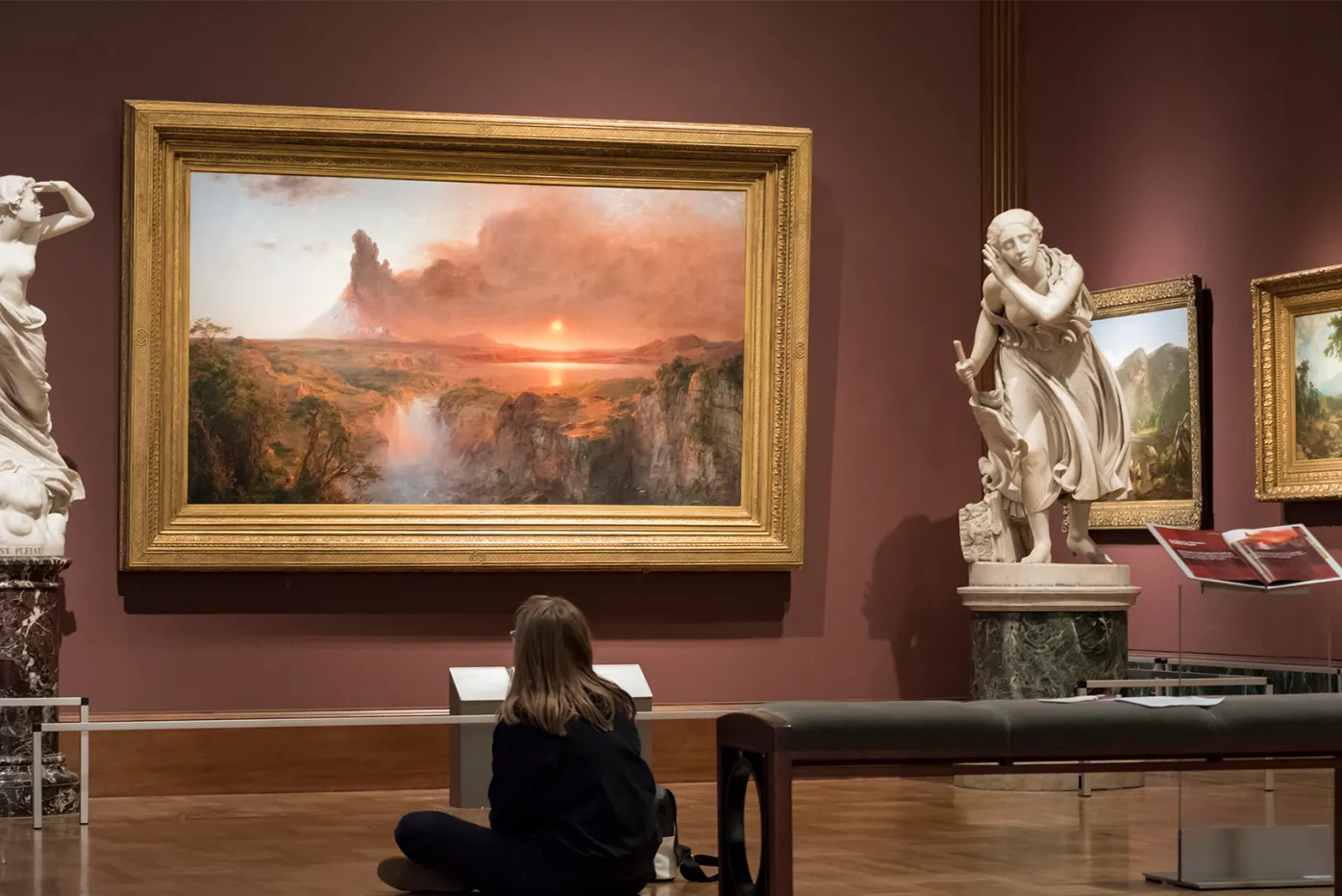5 Questions | Curator Nancy Barr
Updated Jul 20, 2022
What do you do at the DIA?
I am Department Head in the Prints, Drawings and Photographs department and the James Pearson Duffy Curator of Photography. I have worked at the DIA for 25 years.
What is your background?

I grew up right here in Detroit and came to the DIA for the first time with my DPS kindergarten class. I fell in love with the museum and all the beautiful art inside of it. I took up photography as a teenager and studied the subject at the College for Creative Studies, Detroit, where I received a BFA. I worked for a while as a photographer but went back for graduate work at Wayne State University to study art history, and there I received my MFA. My thesis subject was on a work in the collection by Eva Hesse, called Accession II. In 1993, I started an internship here with Dr. David Penny, Curator of Native American Art, to assist with a photography exhibition called Images of Identity: American Indians in Photographs.
What is your favorite piece at the DIA and why?
Right now, I’m thinking about family, friends and artists everywhere, but as New York State has been hit hard by the virus, it made me think about a photograph by Ming Smith that I love called James Baldwin in setting sun over Harlem, Harlem, New York, from 1979. Smith worked with analog darkroom techniques and multiple negatives to create this image, which shows James Baldwin’s face appearing in the clouds over the city. It’s a haunting photograph, and it made me think of his famous quote, “Not everything that is faced can be changed, but nothing can be changed until it is faced.”
What's your favorite DIA exhibition or project that you have worked on?
I’ve enjoyed most of the projects and exhibitions that have gotten me out into the community and meeting Detroiters. I guess the first project I did like this was with artist Dawoud Bey and it was by far the most rewarding. He agreed to do a residency here in Detroit and photograph teens at Chadsey High School. The school is now gone, but I will always remember the students there. The DIA owns several of the photographs and a video Four Stories created by Bey during the residency.
Lastly, tell us a fun fact!
I remember we were beginning to work on the museum-wide renovation plan in the early 2000s. One of my colleagues discovered through research that there were Pewabic niches built into the small entry areas that led to the American Art galleries. They had been walled over at some point. I still remember the day the contractors demoed the area to reveal the tiles which had remained in perfect condition. The niches are now used to showcase decorative art objects from the DIA’s permanent collection.

Educator Event
What do you do at the DIA?
I am Department Head in the Prints, Drawings and Photographs department and the James Pearson Duffy Curator of Photography. I have worked at the DIA for 25 years.
What is your background?

I grew up right here in Detroit and came to the DIA for the first time with my DPS kindergarten class. I fell in love with the museum and all the beautiful art inside of it. I took up photography as a teenager and studied the subject at the College for Creative Studies, Detroit, where I received a BFA. I worked for a while as a photographer but went back for graduate work at Wayne State University to study art history, and there I received my MFA. My thesis subject was on a work in the collection by Eva Hesse, called Accession II. In 1993, I started an internship here with Dr. David Penny, Curator of Native American Art, to assist with a photography exhibition called Images of Identity: American Indians in Photographs.
What is your favorite piece at the DIA and why?
Right now, I’m thinking about family, friends and artists everywhere, but as New York State has been hit hard by the virus, it made me think about a photograph by Ming Smith that I love called James Baldwin in setting sun over Harlem, Harlem, New York, from 1979. Smith worked with analog darkroom techniques and multiple negatives to create this image, which shows James Baldwin’s face appearing in the clouds over the city. It’s a haunting photograph, and it made me think of his famous quote, “Not everything that is faced can be changed, but nothing can be changed until it is faced.”
What's your favorite DIA exhibition or project that you have worked on?
I’ve enjoyed most of the projects and exhibitions that have gotten me out into the community and meeting Detroiters. I guess the first project I did like this was with artist Dawoud Bey and it was by far the most rewarding. He agreed to do a residency here in Detroit and photograph teens at Chadsey High School. The school is now gone, but I will always remember the students there. The DIA owns several of the photographs and a video Four Stories created by Bey during the residency.
Lastly, tell us a fun fact!
I remember we were beginning to work on the museum-wide renovation plan in the early 2000s. One of my colleagues discovered through research that there were Pewabic niches built into the small entry areas that led to the American Art galleries. They had been walled over at some point. I still remember the day the contractors demoed the area to reveal the tiles which had remained in perfect condition. The niches are now used to showcase decorative art objects from the DIA’s permanent collection.


